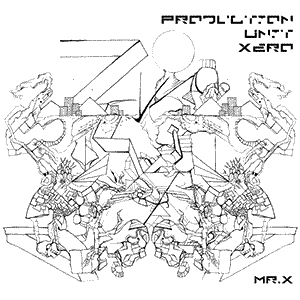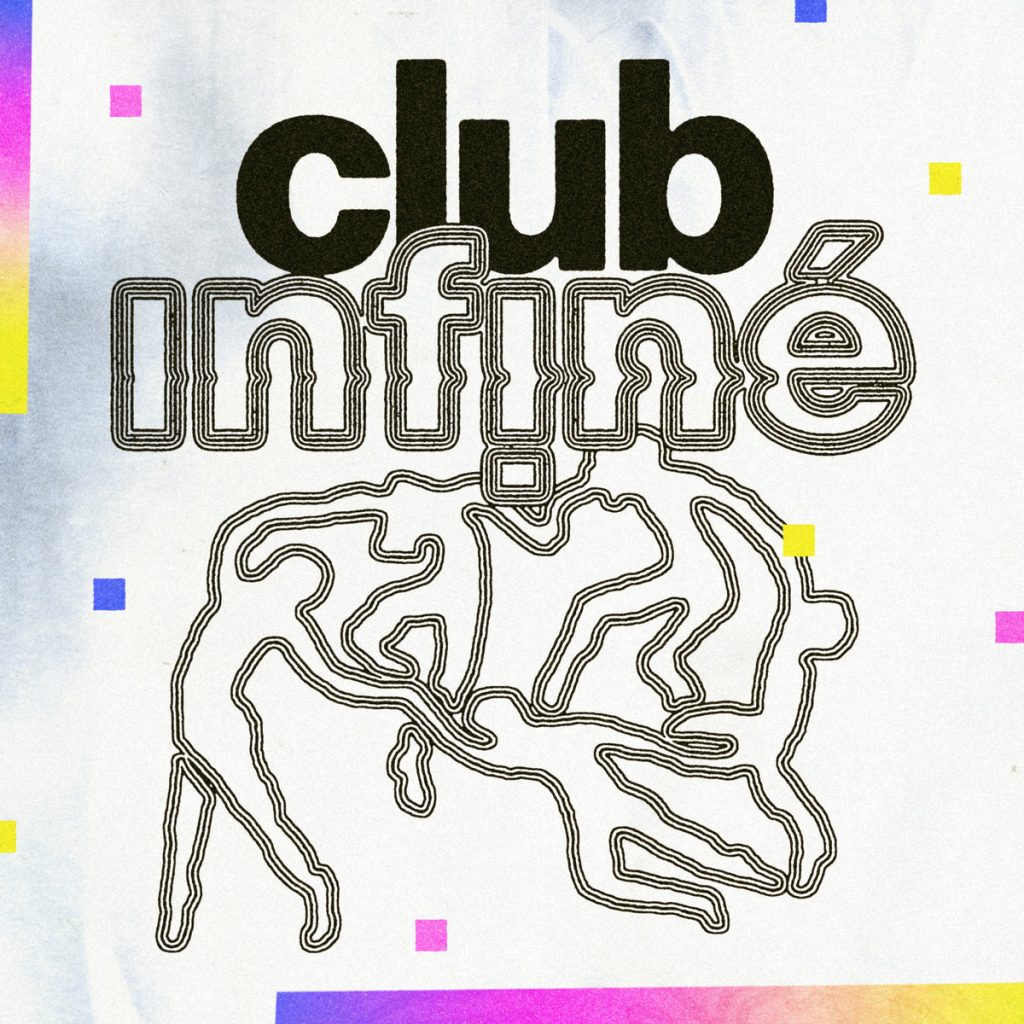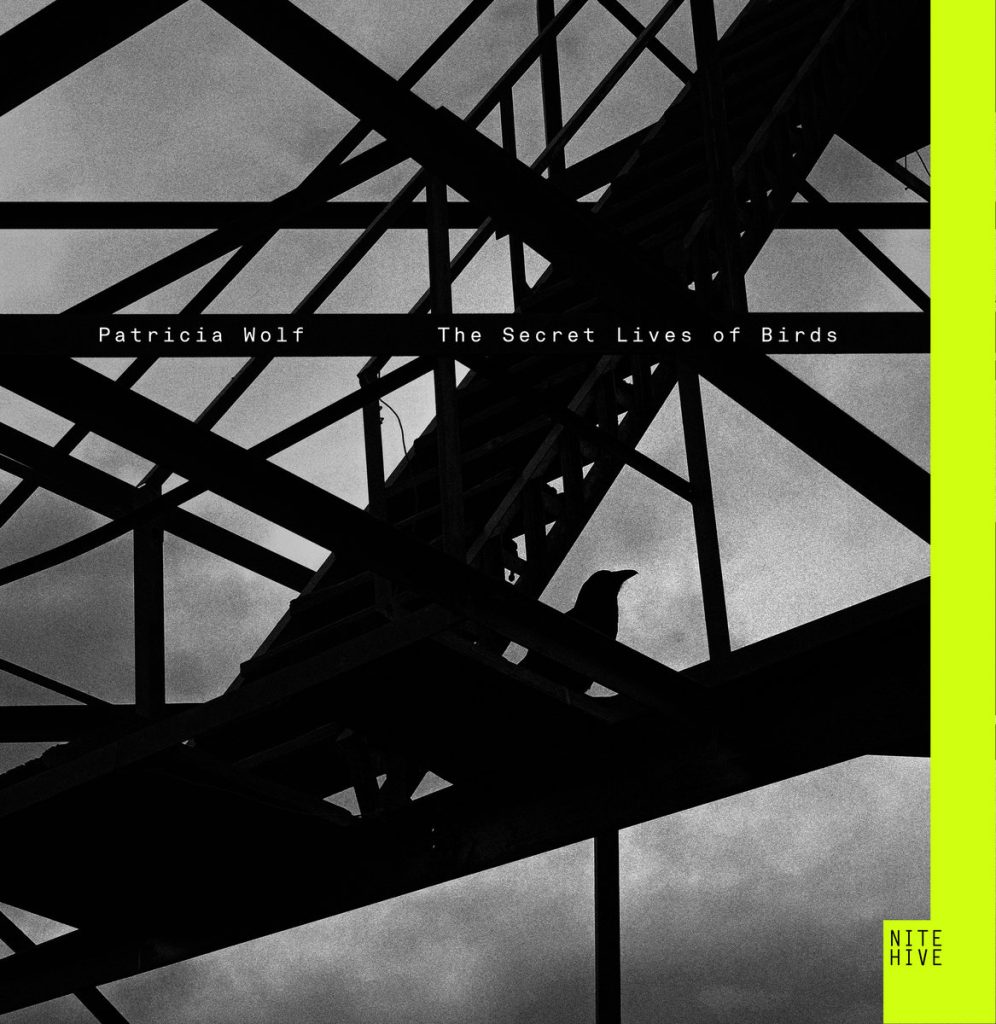What is Wassoulou Music?
Origins and Characteristics:
Wassoulou music is an enchanting and distinct musical genre emanating from the Wassoulou region in southern Mali, West Africa. Rooted in ancient hunting and ritual songs, it has evolved over the decades, blending traditional sounds with modern influences. Here’s a deep dive into this mesmerizing world of rhythm and melody:
- Instrumentation: At the heart of Wassoulou music is the six-stringed harp known as the ‘kamalengoni’ or ‘young man’s harp.’ While its origins lie in traditional hunting songs, the instrument has found its voice in modern Wassoulou sounds. Additionally, the ‘soku’—a horsehair fiddle—and the ‘karignan’—a metal scraper, often accompany the harp.
- Rhythmic and Melodic: Wassoulou songs have a strong rhythmic foundation, often built upon the interplay between percussion instruments like the djembe, balafon, and calabash. These rhythms support soulful, lilting melodies, often sung in a call-and-response style.
- Thematic Depth: The lyrics of Wassoulou songs often touch upon themes of love, nature, and the challenges faced by women in West African societies. The genre has been recognized for empowering female voices and perspectives.
- Evolution and Fusion: While the genre is rooted in tradition, it has not remained static. Modern Wassoulou integrates elements from Western genres like jazz, blues, and pop, creating a dynamic fusion sound.
Key Artists and Albums:
- Ami Koita: A towering figure in Wassoulou and West African music, Koita’s voice is both powerful and emotive. One of her standout albums is “Tata Sira”, where she beautifully blends tradition with a touch of modernity.
- Oumou Sangaré: Often dubbed as the ‘Star of Wassoulou,’ Sangaré has been instrumental in popularizing the genre outside of West Africa. Her debut album “Moussolou” (meaning ‘women’) released in 1989, is an essential listening experience, touching upon themes of love, societal critique, and female empowerment.
- Nahawa Doumbia: With her soaring voice, Doumbia has been a key ambassador for the Wassoulou sound. Albums like “La Grande Cantatrice Malienne Vol 3” beautifully encapsulate her range and the depth of the genre.
- Fatoumata Diawara: A newer voice on the scene, Diawara beautifully integrates the traditional sounds of Wassoulou with contemporary influences. Her album “Fenfo” (meaning ‘something to say’) is a testament to the genre’s evolution, blending the ancient and the modern.
Legacy and Influence:
- Women’s Empowerment: Wassoulou has been a powerful platform for female voices in West Africa. Artists have utilized the genre to address gender inequalities, female circumcision, and the challenges of polygamy. This strong feminist voice has been revolutionary in a region where such topics have often been taboo.
- Global Recognition: The genre has grown beyond the borders of Mali, with artists touring worldwide, performing at international festivals, and collaborating with musicians from various global genres.
- Inspiration for Modern Artists: Elements of Wassoulou can be found in the works of many contemporary musicians, both within and outside of Africa. The genre’s rhythms, melodies, and instrumentation have found their way into various global musical streams.
Wassoulou music is a vivid tapestry of history, culture, and artistry. It encapsulates the spirit of a region, while also speaking to universal themes of love, adversity, and empowerment. From the strings of the kamalengoni to the powerful voices of its female artists, the genre is a testament to the rich musical heritage of West Africa and its ever-evolving nature. As modern artists continue to explore and expand upon this tradition, Wassoulou remains a resonant and influential force in the world of music.




